
The Joy of Why
Steven Strogatz, Janna Levin and Quanta Magazine“The Joy of Why” is a Quanta Magazine podcast about curiosity and the pursuit of knowledge. The mathematician and author Steven Strogatz and the cosmologist and author Janna Levin take turns interviewing leading researchers about the great scientific and mathematical questions of our time. New episodes are released every other Wednesday.
Quanta Magazine is a Pulitzer Prize–winning, editorially independent online publication launched and supported by the Simons Foundation to illuminate big ideas in science and math through public service journalism. Quanta’s reporters and editors focus on developments in mathematics, theoretical physics, theoretical computer science and the basic life sciences, emphasizing timely, accurate, in-depth and well-crafted articles for its broad discerning audience. In 2023, Steven Strogatz received a National Academies Eric and Wendy Schmidt Award for Excellence in Science Communications partly for his work on “The Joy of Why.”
“The Joy of Why” is a Quanta Magazine podcast about curiosity and the pursuit of knowledge. The mathematician and author Steven Strogatz and the cosmologist and author Janna Levin take turns interviewing leading researchers about the great scientific and mathematical questions of our time. New episodes are released every other Wednesday.
Quanta Magazine is a Pulitzer Prize–winning, editorially independent online publication launched and supported by the Simons Foundation to illuminate big ideas in science and math through public service journalism. Quanta’s reporters and editors focus on developments in mathematics, theoretical physics, theoretical computer science and the basic life sciences, emphasizing timely, accurate, in-depth and well-crafted articles for its broad discerning audience. In 2023, Steven Strogatz received a National Academies Eric and Wendy Schmidt Award for Excellence in Science Communications partly for his work on “The Joy of Why.”




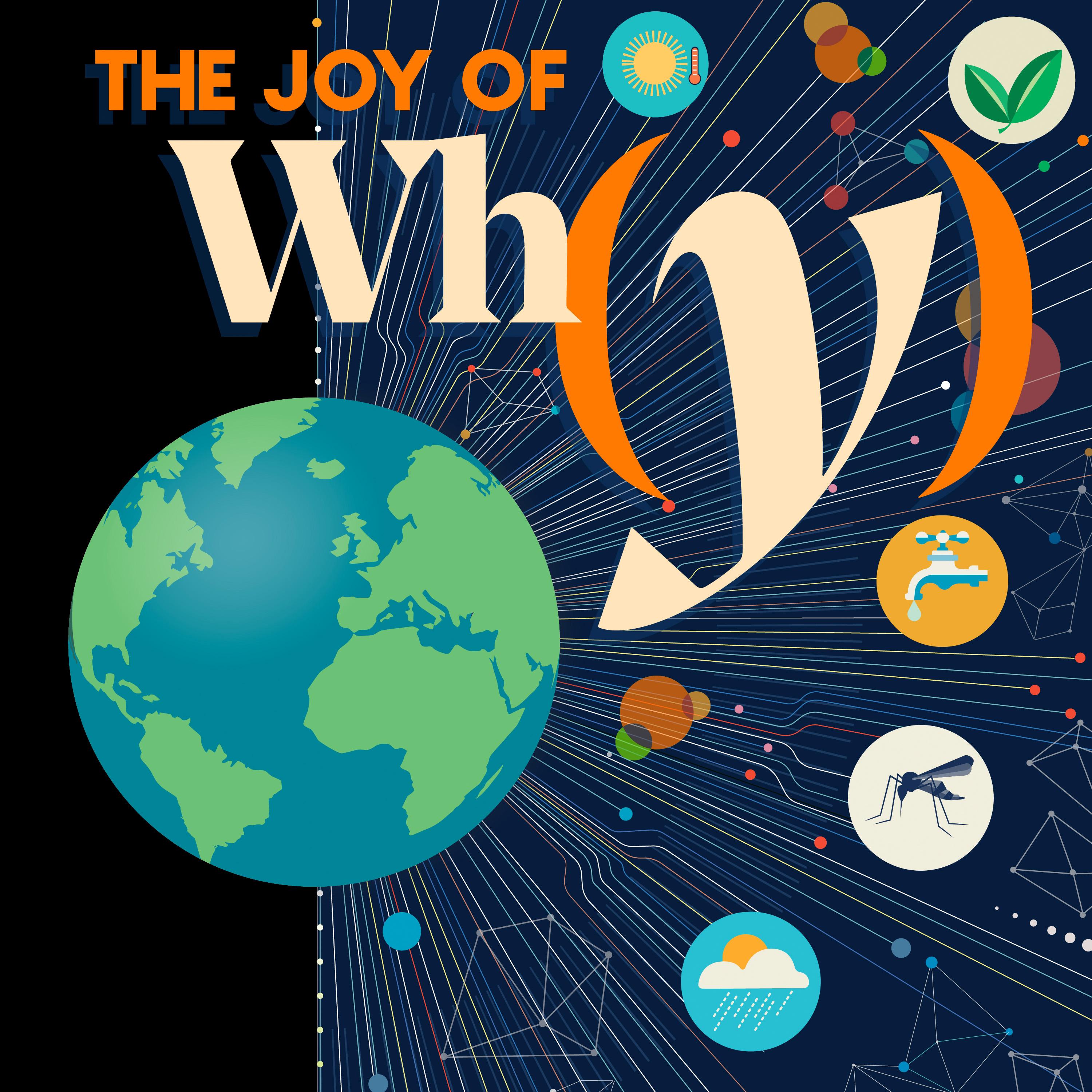




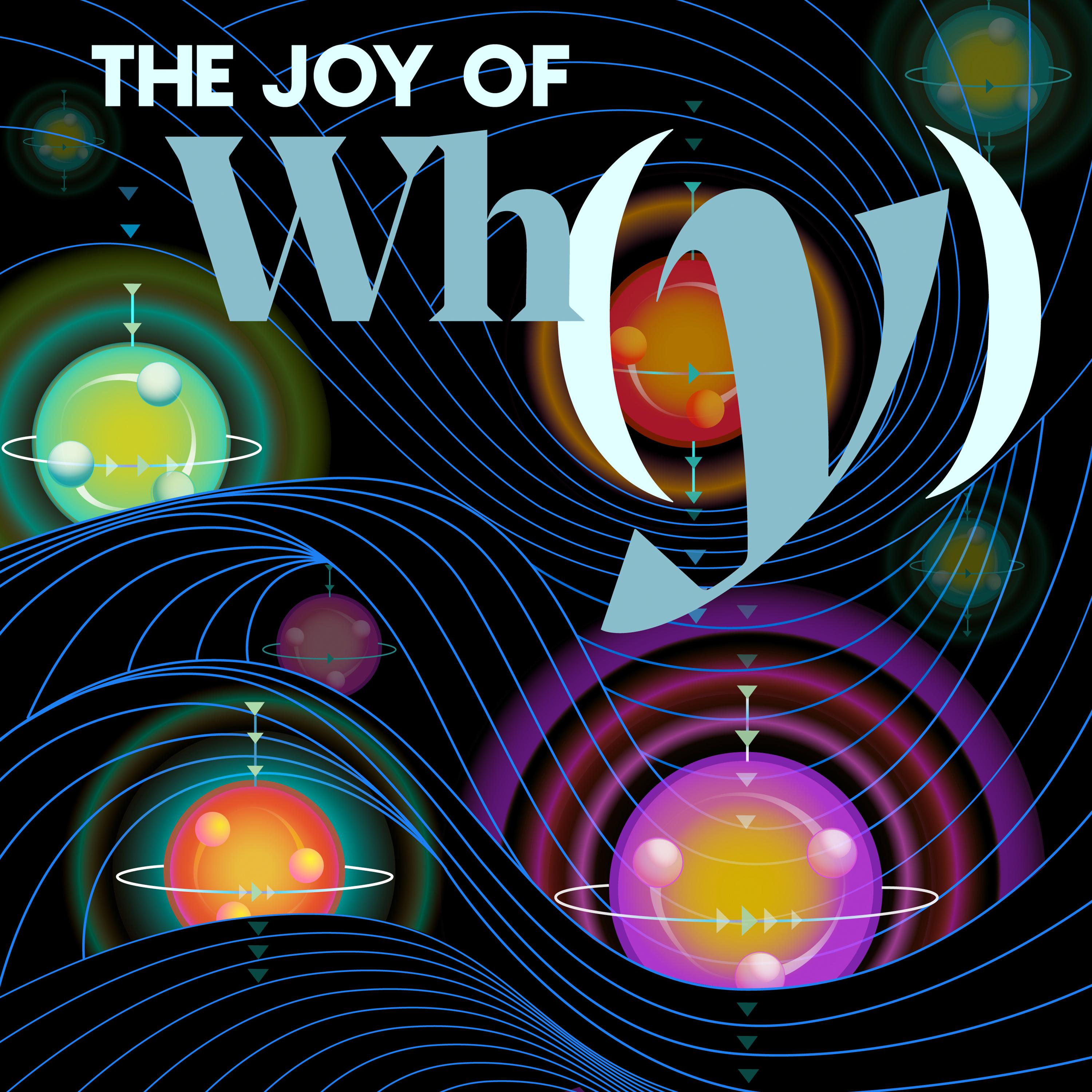






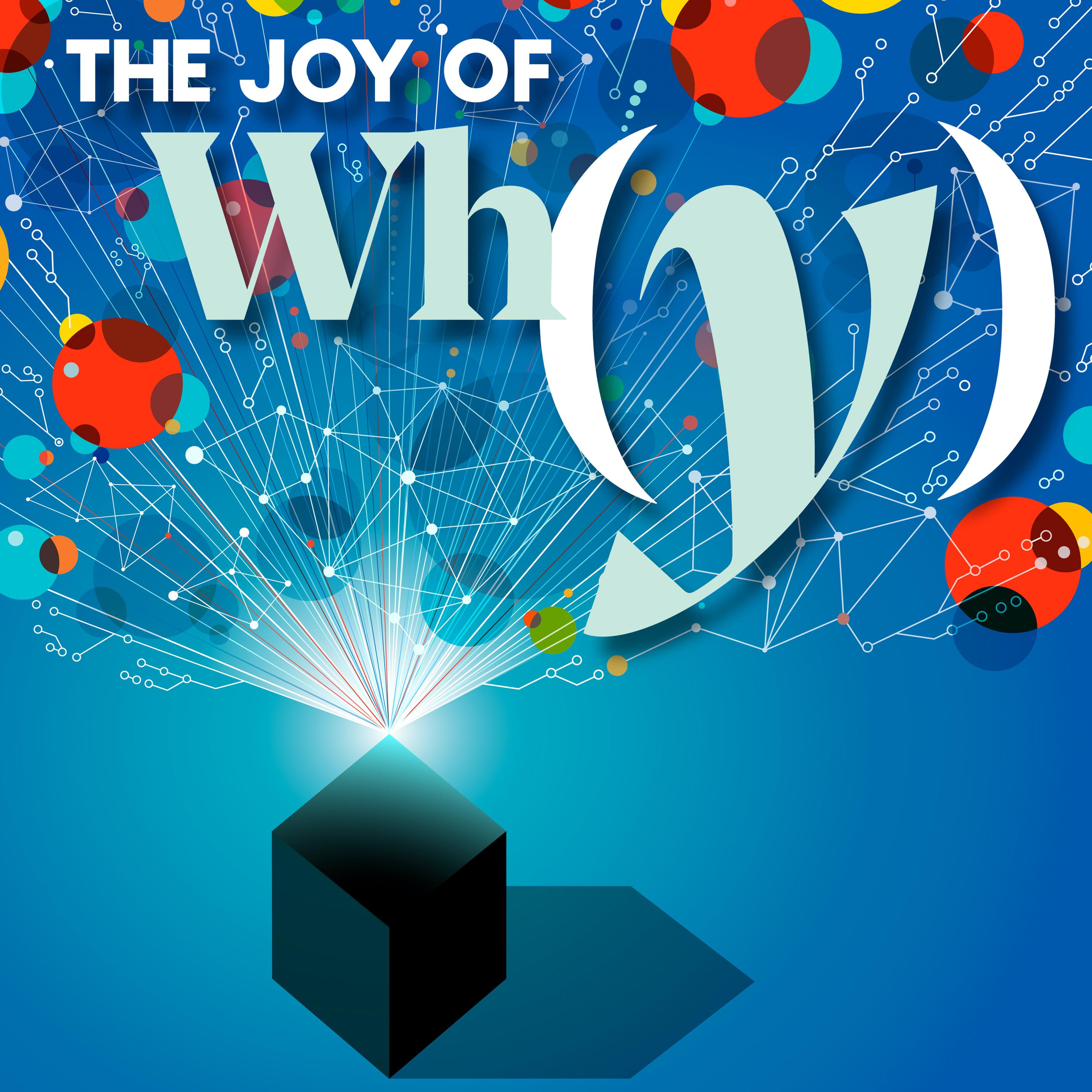




















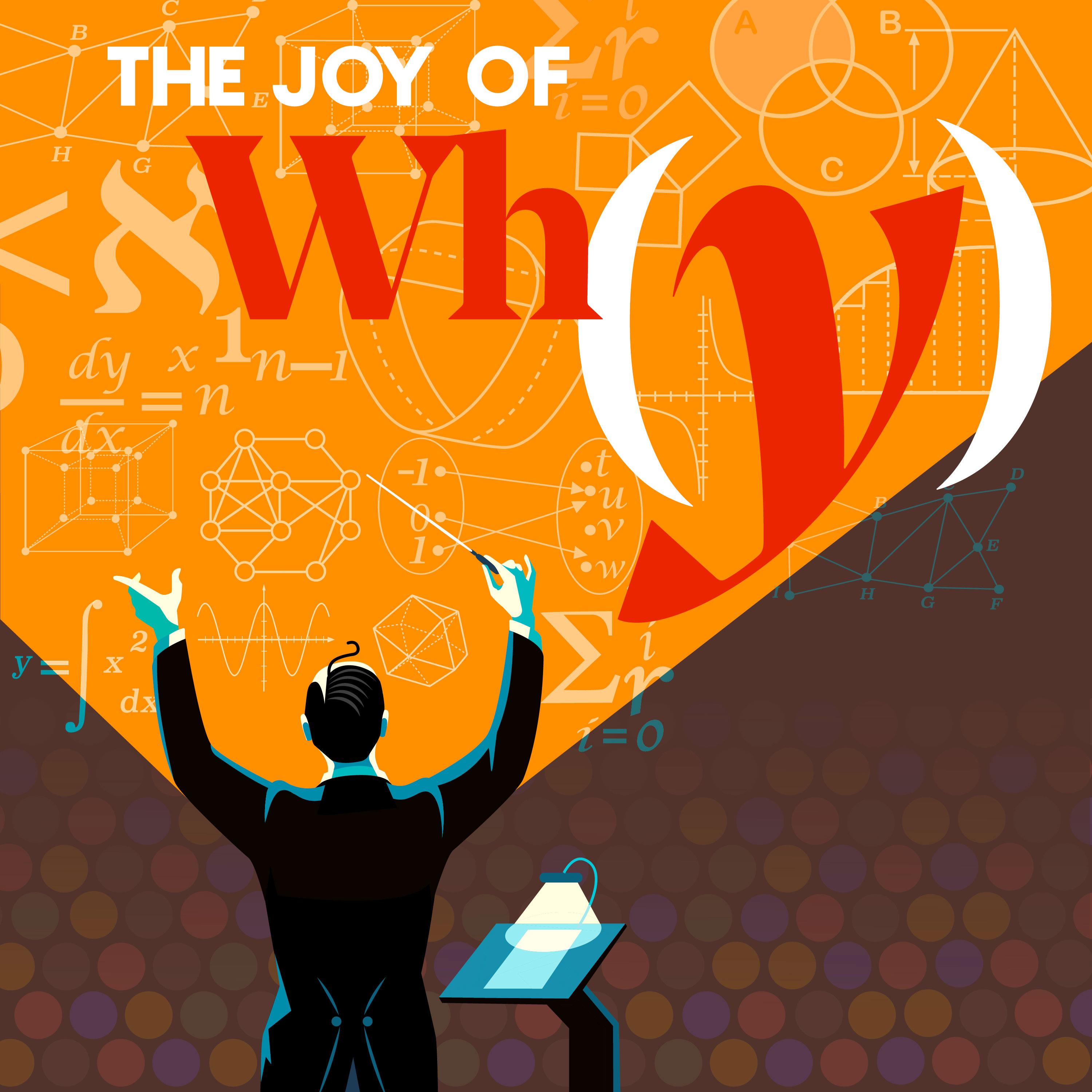

















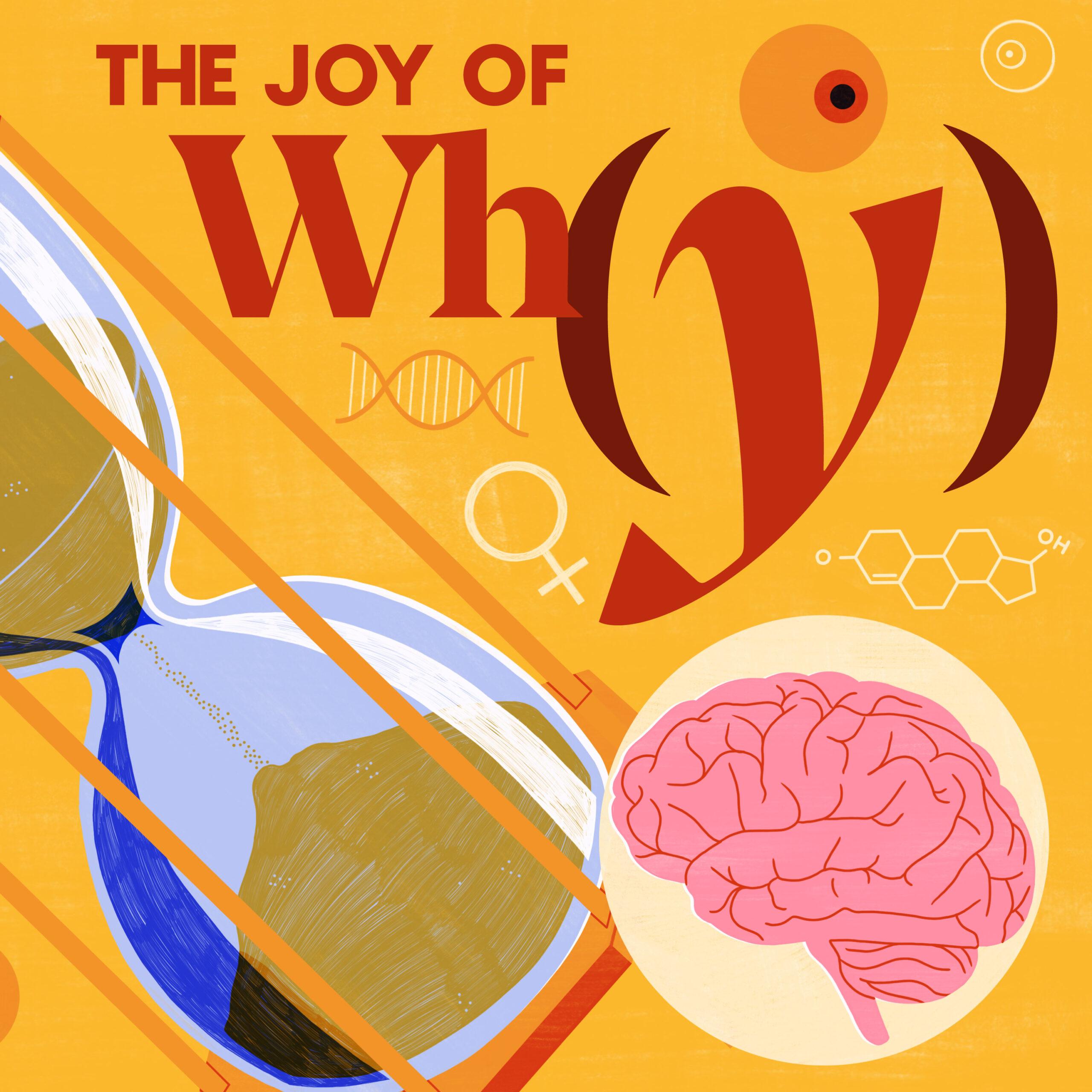
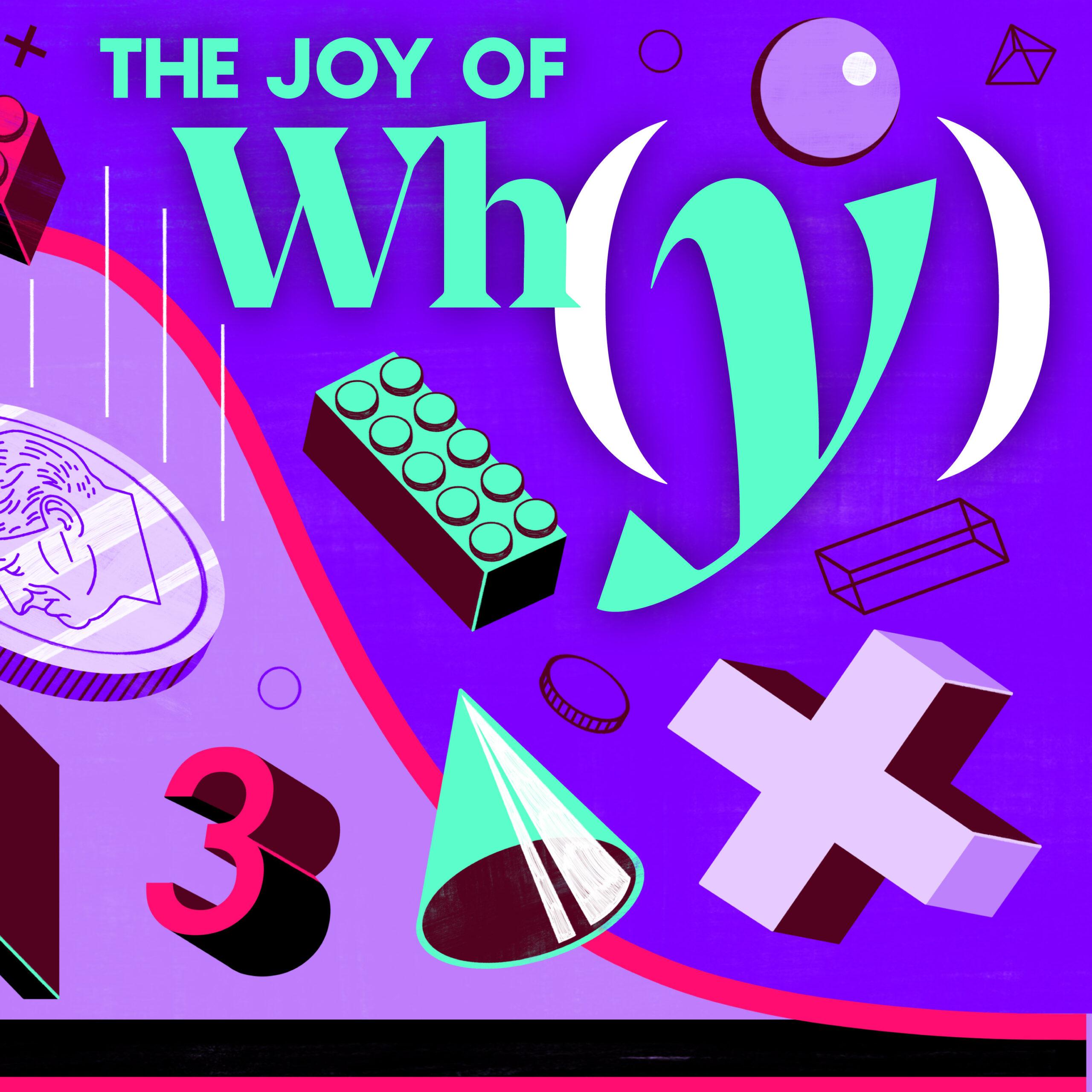

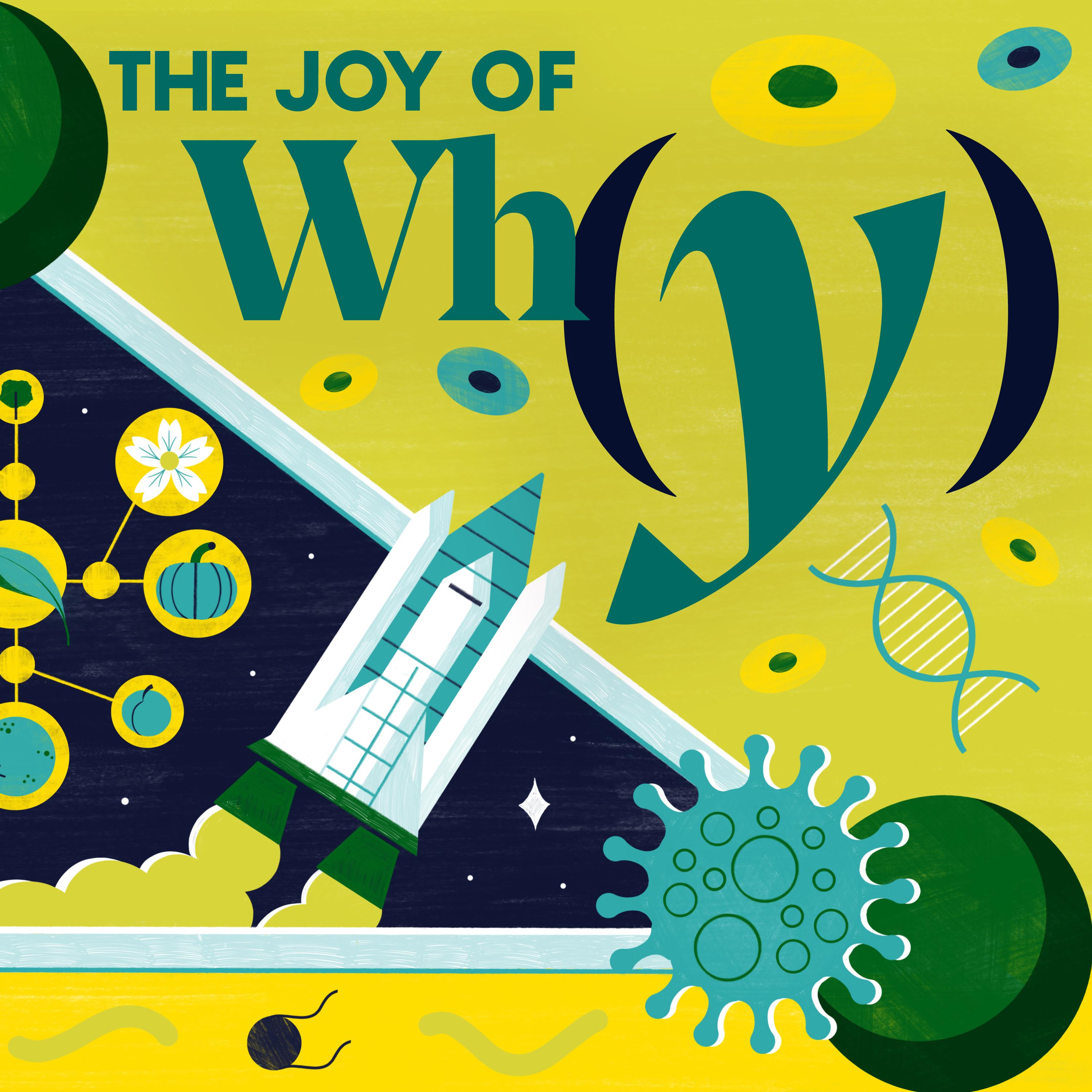


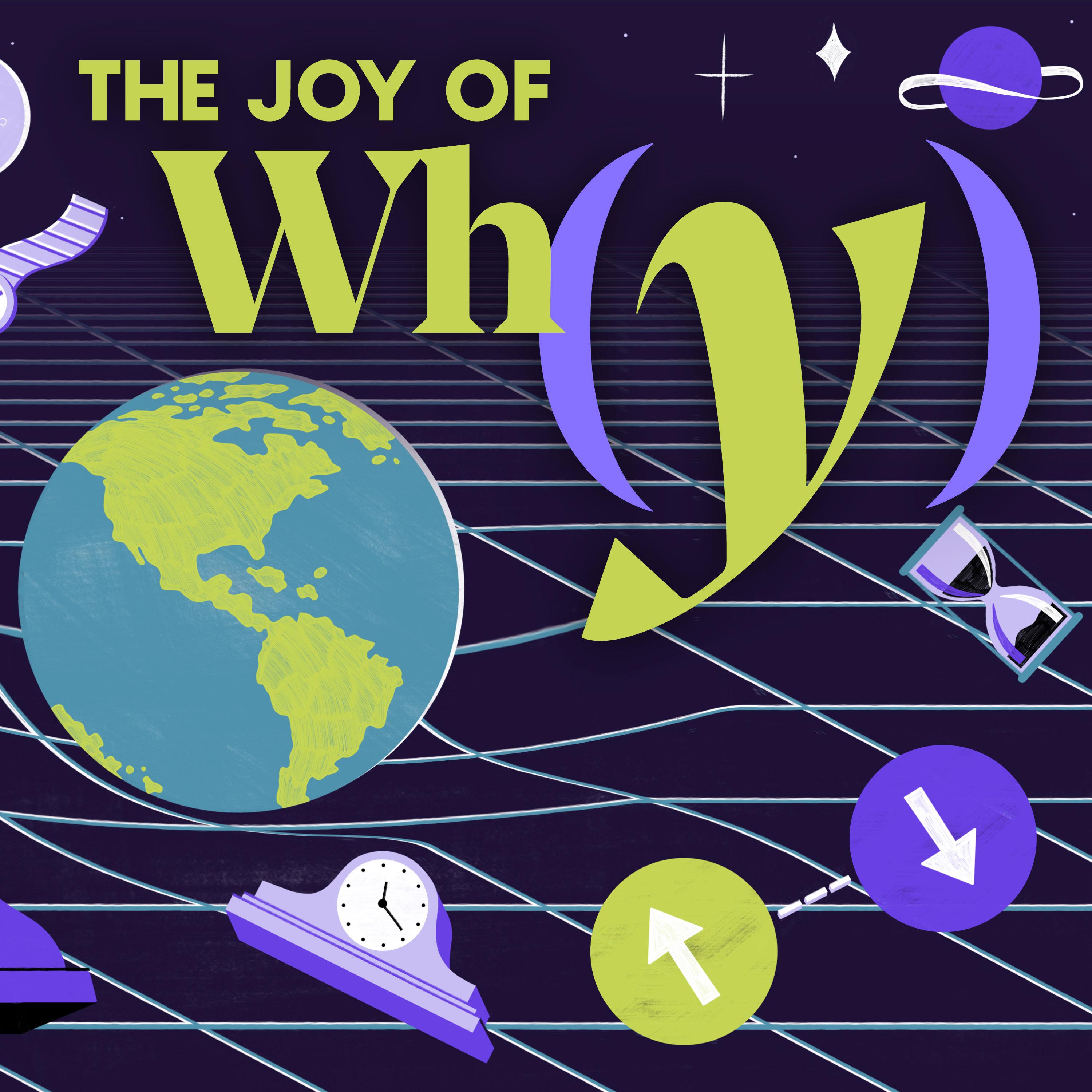


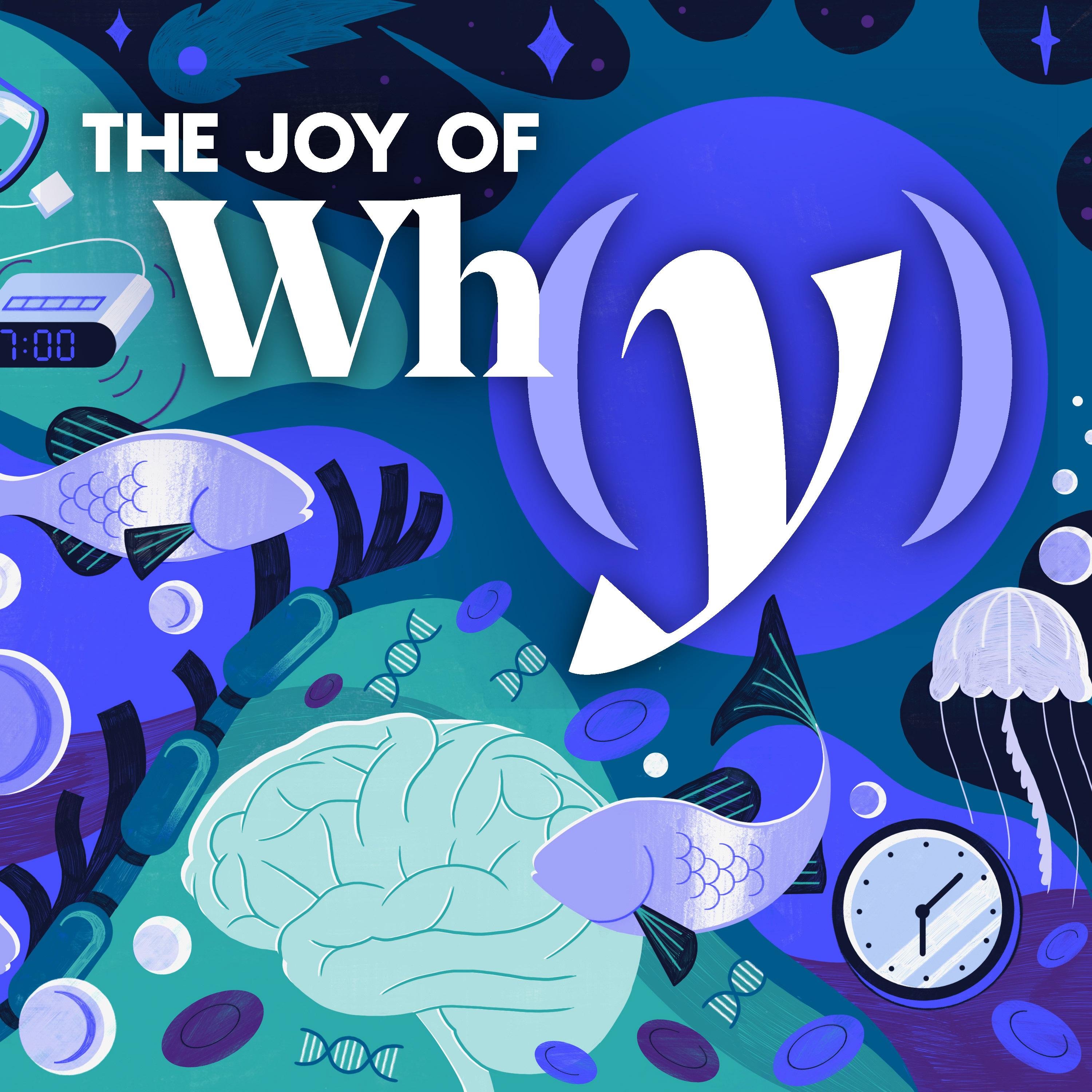

How Did Geometry Create Modern Physics?

Geometry is one of the oldest disciplines in human history, yet the worlds it can describe extend far beyond its original use. What began thousands of years ago as a way to measure land and build pyramids was given rigor by Euclid in ancient Greece, became applied to curves and surfaces in the 19th century, and eventually helped Einstein understand the universe.
Yang-Hui He sees geometry as a unifying language for modern physics, a mutual exchange in which each discipline can influence and shape the other. In the latest episode of The Joy of Why, He tells co-host Steven Strogatz how geometry evolved from its practical roots in ancient civilizations to its influence in the theory of general relativity and string theory — and speculates how AI could further revolutionize the field. They also discuss the tension between formal, rigorous mathematics and intuition-driven insight, and why there are two types of mathematicians — “birds” who have a broad overview of ideas from above, and “hedgehogs” who dig deep on one particular idea.